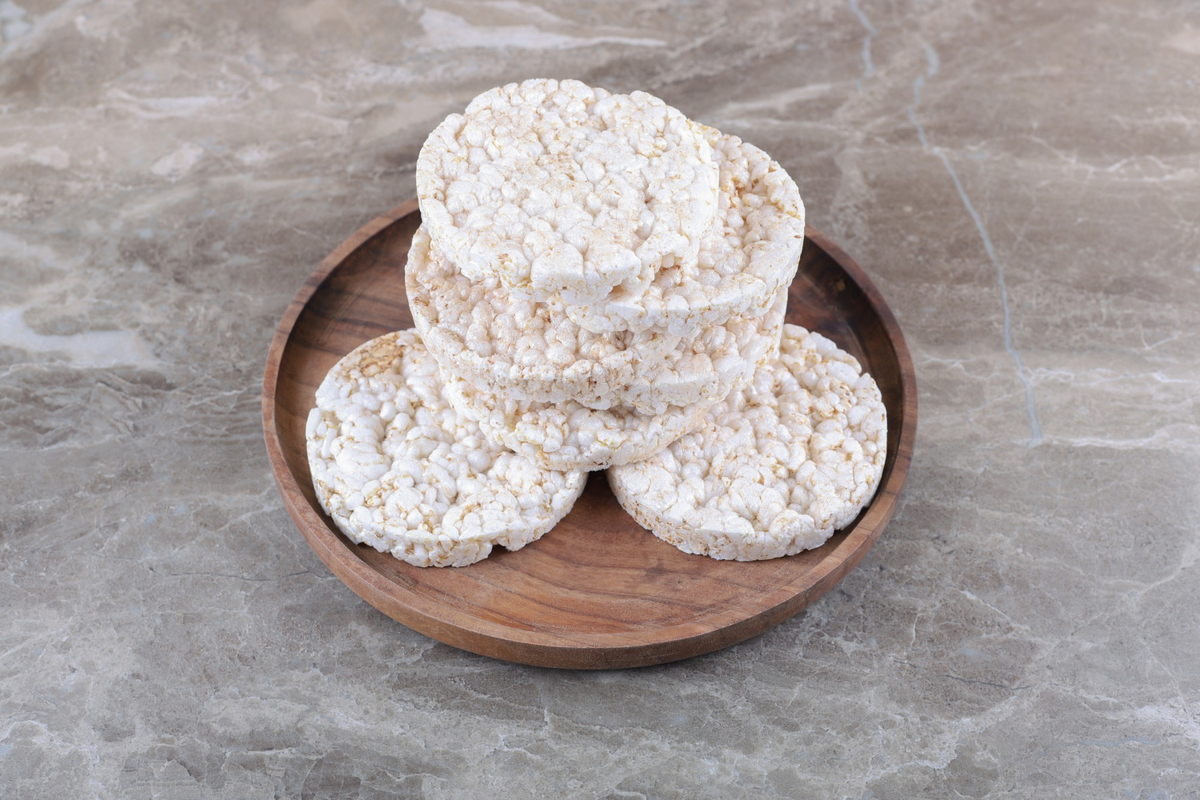Rice cakes, a versatile and beloved snack, have transcended their traditional roots to become a global staple. From the puffed varieties popular in the West to the fermented and steamed versions integral to Asian cuisines, rice cakes offer a unique blend of texture, taste, and nutritional benefits. This article delves into the world of rice cakes, exploring their types, cultural significance, and how people enjoy them worldwide.
Understanding Rice Cakes
Rice cakes come in many forms, each with its own set of ingredients and preparation methods. The most common types include:
- Puffed Rice Cakes: Light and airy, these snacks come from whole grain rice puffed under high pressure. They have become a popular low-calorie snack option in many Western countries.
- Fermented Rice Cakes (e.g., Idli, Puto): Makers use rice batter that has been allowed to ferment, resulting in a tangy flavor and spongy texture.
- Steamed Rice Cakes (e.g., Bibingka, Mochi): The preparation of these cakes involves steaming, and they can range from sweet to savory, often associated with festivals and celebrations.
The main ingredient across all types is, unsurprisingly, rice. However, the variety of rice, along with additional ingredients like coconut milk, sugar, and sesame seeds, can vary greatly. Different preparation methods, from puffing and steaming to fermenting, contribute to the cake’s final texture and flavor profile.
Nutritional Value
Rice cakes are known for being low in calories, making them a popular choice for those monitoring their calorie intake. They also offer dietary fiber, especially the whole grain brown rice varieties, contributing to digestive health. However, the toppings or pairings significantly affect the nutritional content.
Cultural Significance
Rice cakes hold a special place in many cultures, particularly in Asia where they are not just food but a part of tradition and celebrations. For instance, Mochi in Japan is a staple during the New Year festivities, symbolizing good fortune and health. In the Philippines, Bibingka and Puto are must-haves during Christmas and other significant events.
The cultural significance of rice cakes extends beyond their role in celebrations. They reflect the agricultural practices, culinary traditions, and community life in many regions. This deep-rooted cultural importance adds an intangible value to rice cakes, making them more than just a simple snack.
Making and Enjoying Rice Cakes
Homemade Rice Cake Recipes
Creating rice cakes at home can be a rewarding experience. Here are basic recipes for both puffed and fermented rice cakes:
- Basic Puffed Rice Cake: Start with whole grain brown rice. The right moisture content is crucial, so soak the rice and then temper it before introducing it to a high-temperature environment where it puffs up.
- Traditional Fermented Rice Cake (Idli): Combine ground rice with dehulled black gram and let the mixture ferment overnight. Then, steam the batter to create soft, spongy cakes.
Serving and Pairing Ideas
Rice cakes are incredibly versatile. You can enjoy them plain or with a variety of toppings and pairings:
- Sweet spreads like jam or honey
- Savory options such as cheese or avocado
- Pair them with soups and salads for a light meal
FAQs
- What are the health benefits of rice cakes?
- Rice cakes are low in calories and can be a good source of dietary fiber, especially when made from whole grain rice.
- Can rice cakes be part of a weight loss diet?
- Yes, due to their low calorie content, rice cakes can fit into a weight loss diet when consumed in moderation and as part of a balanced diet.
- How do you make rice cakes at home?
- Making rice cakes at home involves puffing, fermenting, or steaming rice, depending on the type of cake you want to make.
- Are rice cakes gluten-free?
- Most rice cakes are gluten-free, making them a suitable snack for those with gluten sensitivities or celiac disease.
Rice cakes are a testament to the versatility and global appeal of rice as a staple food. Whether enjoyed as a low-calorie snack in the West or as a traditional food in Asian cultures, rice cakes offer a unique blend of nutrition, tradition, and taste. Explore more about the benefits of whole grains at the Whole Grains Council and delve into global rice production insights provided by the Food and Agriculture Organization.
For more recipes visit RecipesPlan!

